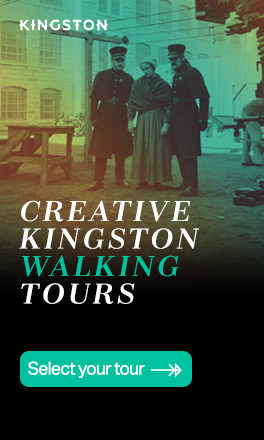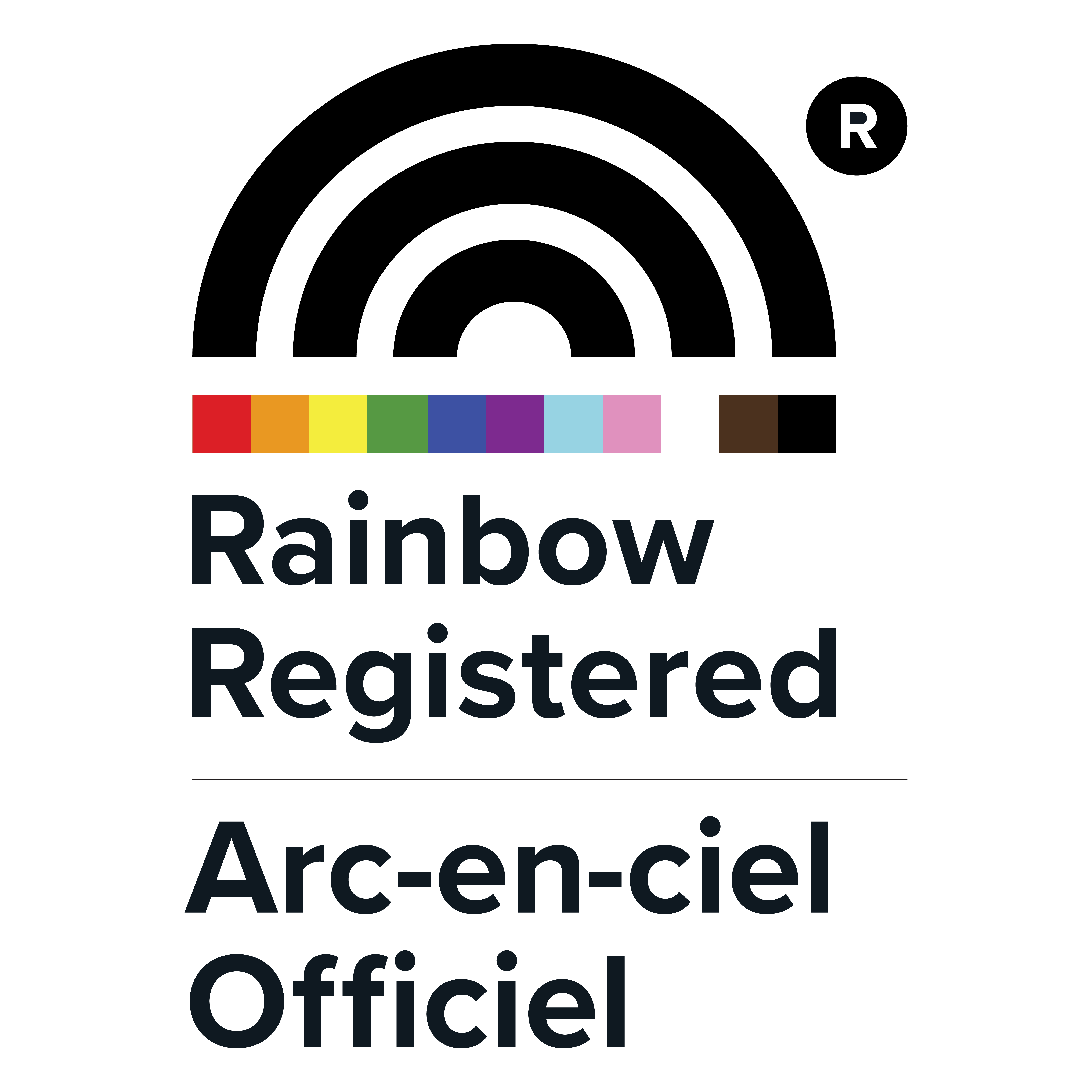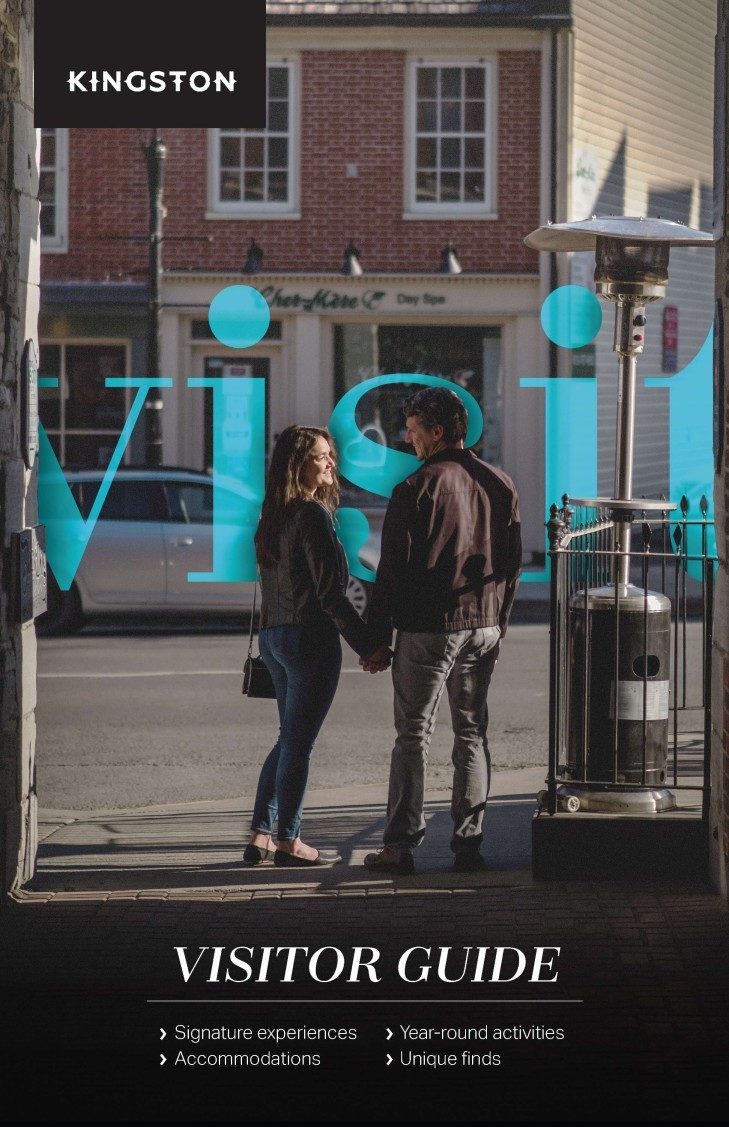“Museums are a conversation,” smiles David McCarey.
“Canada’s cultural institutions are places that people need to explore,” pursues the assistant curator and education programmer at the Military Communications & Electronics Museum. “People often dismiss museums as dusty old places with old ideas – and there are old ideas in museums, it’s true. But there’s also new ideas and new experiences in museums. And new ways of looking at the past.”
March of the Museums, David’s brainchild and an event led by the Kingston Association of Museums, Art Galleries and Historic Sites (KAM), tries to bring to life these new ways of looking at the past, connecting cultural spaces to young inquisitive minds. A week-long series of free and family-friendly events which kickstarts Monday, March 13 and runs to Friday, March 17th 2023, March of the Museums is inspiring visitors from the Limestone City and beyond to flex their curiosity and creativity.
Whether it’s a visit to the Murney Tower Museum, Kingston’s oldest operating museum and part of the UNESCO World Heritage Site of the Rideau Canal and Kingston Fortifications, or to the 1000 Islands History Museum in nearby Gananoque, which traces the millennia histories of these lands, or a jaunt to the Marine Museum of the Great Lakes at Kingston, devoted to shipwrecks, lighthouses, as well as the importance of ecosystems and water quality – the “festival of museums” shines a light on the lives, landscapes and waters of Kingston and beyond.
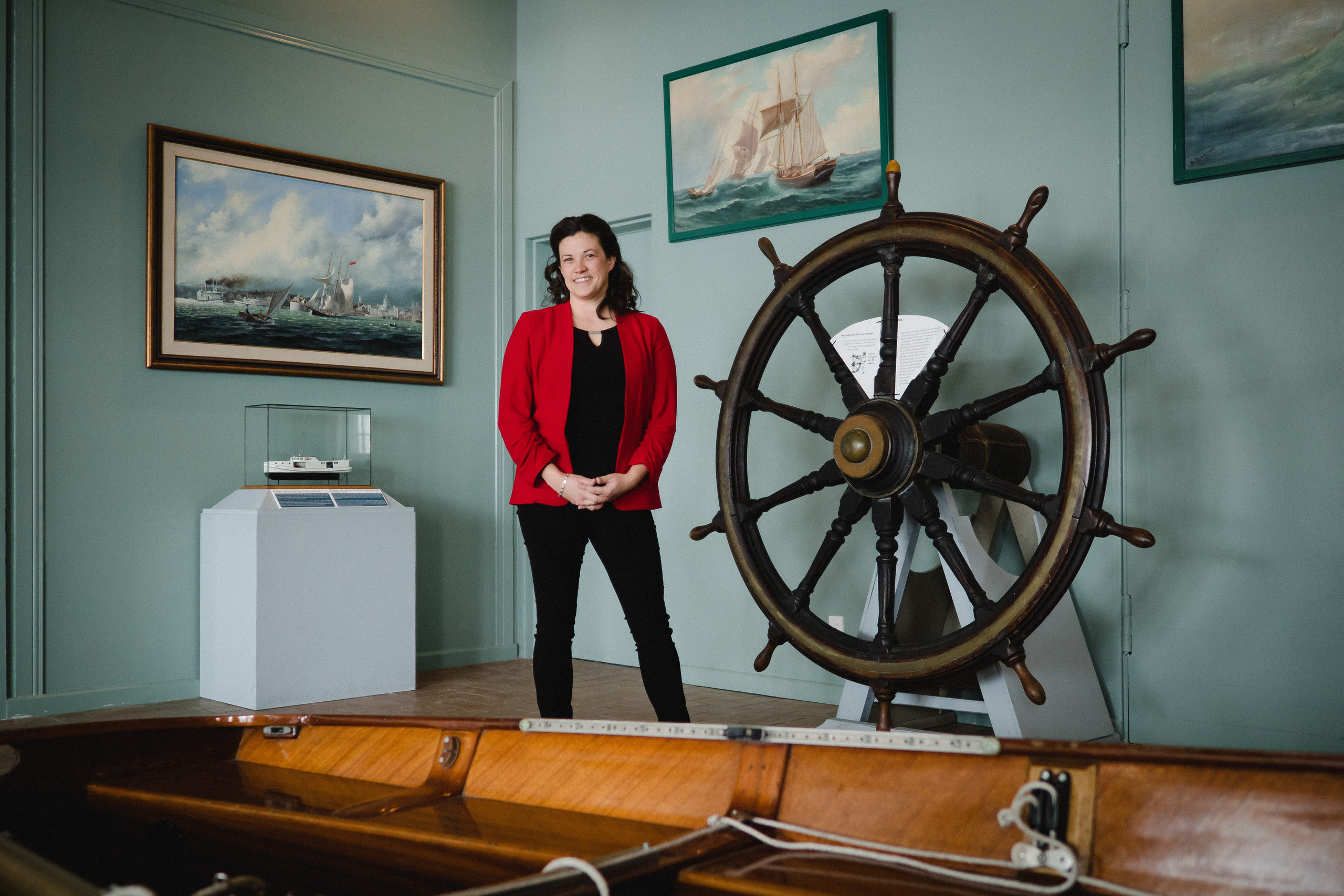
“Kingston’s museums are very much connected to people’s lives here,” explains David. “And the history of those lives is represented in those places.”
This year, March of the Museum is expanding to also include performance in other important cultural spaces, such as hosting a Learning Table at the Kingston Frontenac Public Library, Stories and Songs with Grandmother Judi, the Paddling Puppeteers at the Fairfield-Gutzeit House and Military Communications and Electronics Museum, as well as spirit-stirring drumming with Kahwa:tsire Indigenous-Led Child & Family Programs.
Launched in 2018, March of the Museums has grown in leaps and bounds, seeded by Kingston Association of Museums, Art Galleries and Historic Sites’ Programming and Community Engagement Committee (of which David is a member) work in engaging inquisitive young minds at the Military Communications & Electronics Museum.
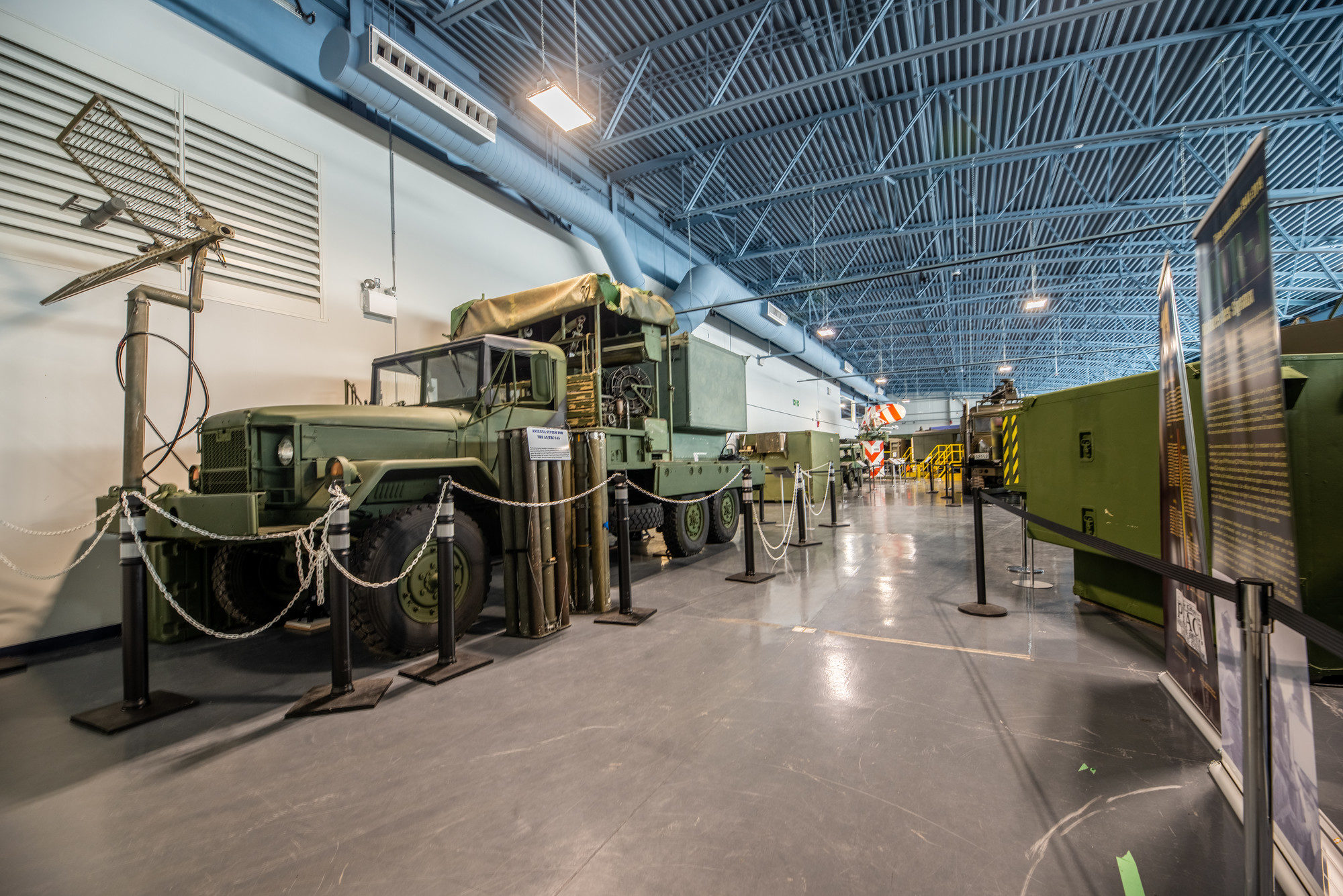 “We have an education program here with plenty of hands-on activities with telephones, reproduction uniforms and just interactive stuff like Morse Code and flags, things like that,” recounts David. “And one day I thought: wouldn’t it be good if we could create something amazing for kids over March break?”
“We have an education program here with plenty of hands-on activities with telephones, reproduction uniforms and just interactive stuff like Morse Code and flags, things like that,” recounts David. “And one day I thought: wouldn’t it be good if we could create something amazing for kids over March break?”
March of the Museums became a movement of cultural spaces, encouraging the participation of Kingston’s museums in whatever way they could to engage as many in the community as possible.
“Your community of interest isn’t just the one you think it is,” explains David. “Museums are also about inviting other people to become part of that community of interest and expanding your relevance. For us, it’s students, children and their families – and we love grandparents! – they are important members of our community and we love to engage them.”
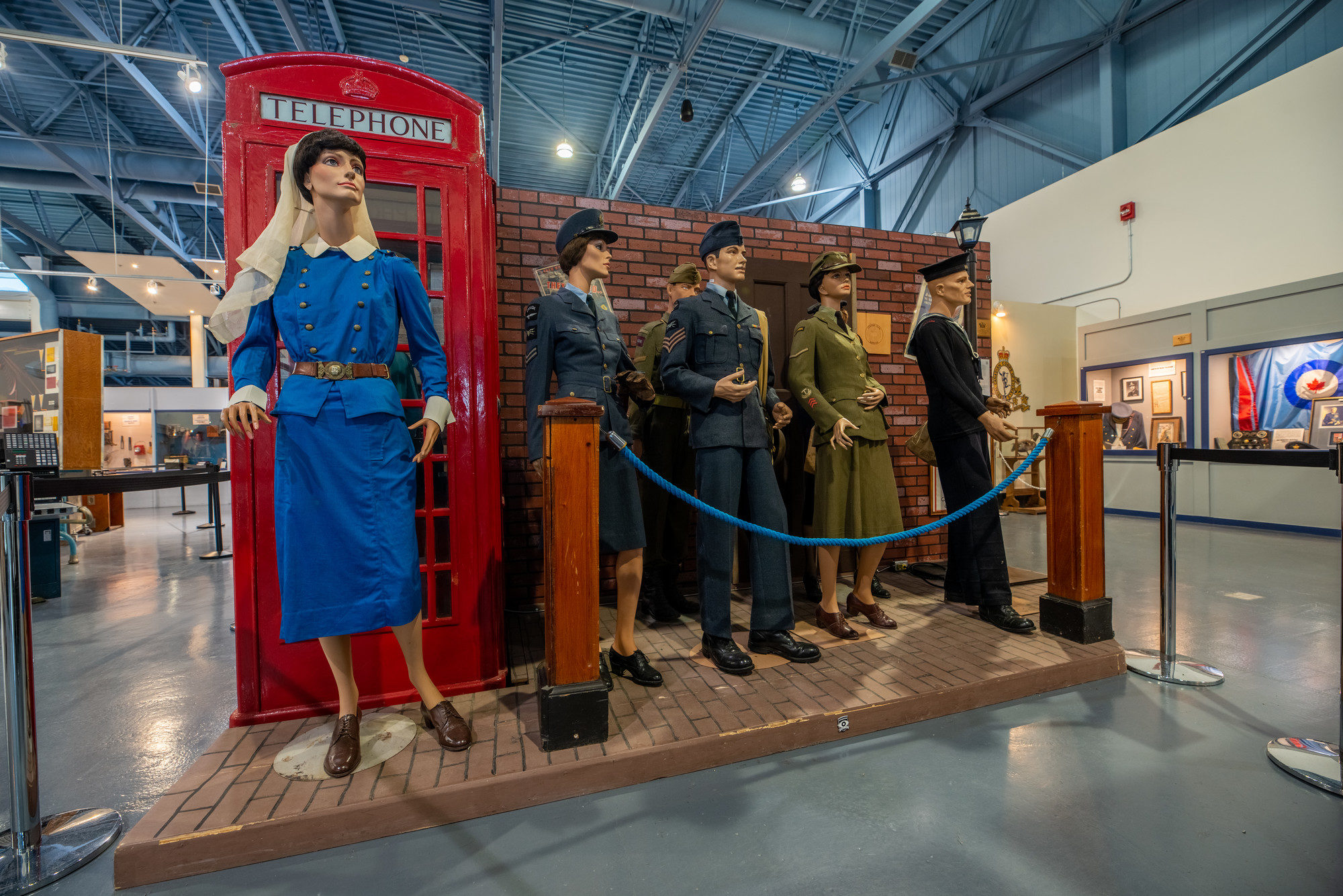
“Although it’s not completely bilingual, we’re excited by our great French-language content and activities to tempt Francophone visitors,” continues David. “For instance, our displays – here at the Military Communications & Electronics Museum – engage visitors in the history of the Military Communications and Electronics Branch in both French and English.”
“We’re also very excited about our bilingual partnership with Improbable Escapes, which features Camp X, Canada’s secret spy school, and Spy Master, which puts you on your first espionage mission. These are games that take you through the museum gallery with some mind puzzles throughout some of the areas in the gallery.”
“We also have a lot of hands-on crafts for children that are pretty intuitive and translate across languages,” adds David. “For example, we show kids how to spell out their name in Morse code with a simple pipe cleaner and beads!”
“It’s difficult to say which one of the exhibits at the Military Communications & Electronics Museum I love most,” laughs David. “For example, we have an Enigma machine, an encoding and decoding machine that the Germans used in the Second World War.
“There is also a signal flapper, an incredible piece of technology connected to the First World War. It’s like a Venetian blind with cloth panels in this little frame you stick on the end of your rifle. You pull a string and it actually flaps a message in Morse Code. Frontline soldiers would use that to send messages back to the rear echelons.”
“I just can’t imagine with the artillery falling down around you, the bullets whizzing by – and holding up this signal flapper,” continues David. “There’s only one other that I’ve seen, and that’s at the Imperial War Museum in Great Britain, in the UK. And every time I walk by the exhibit, I kind of just sort of shake my head and think, my goodness, how far we’ve come technologically!”
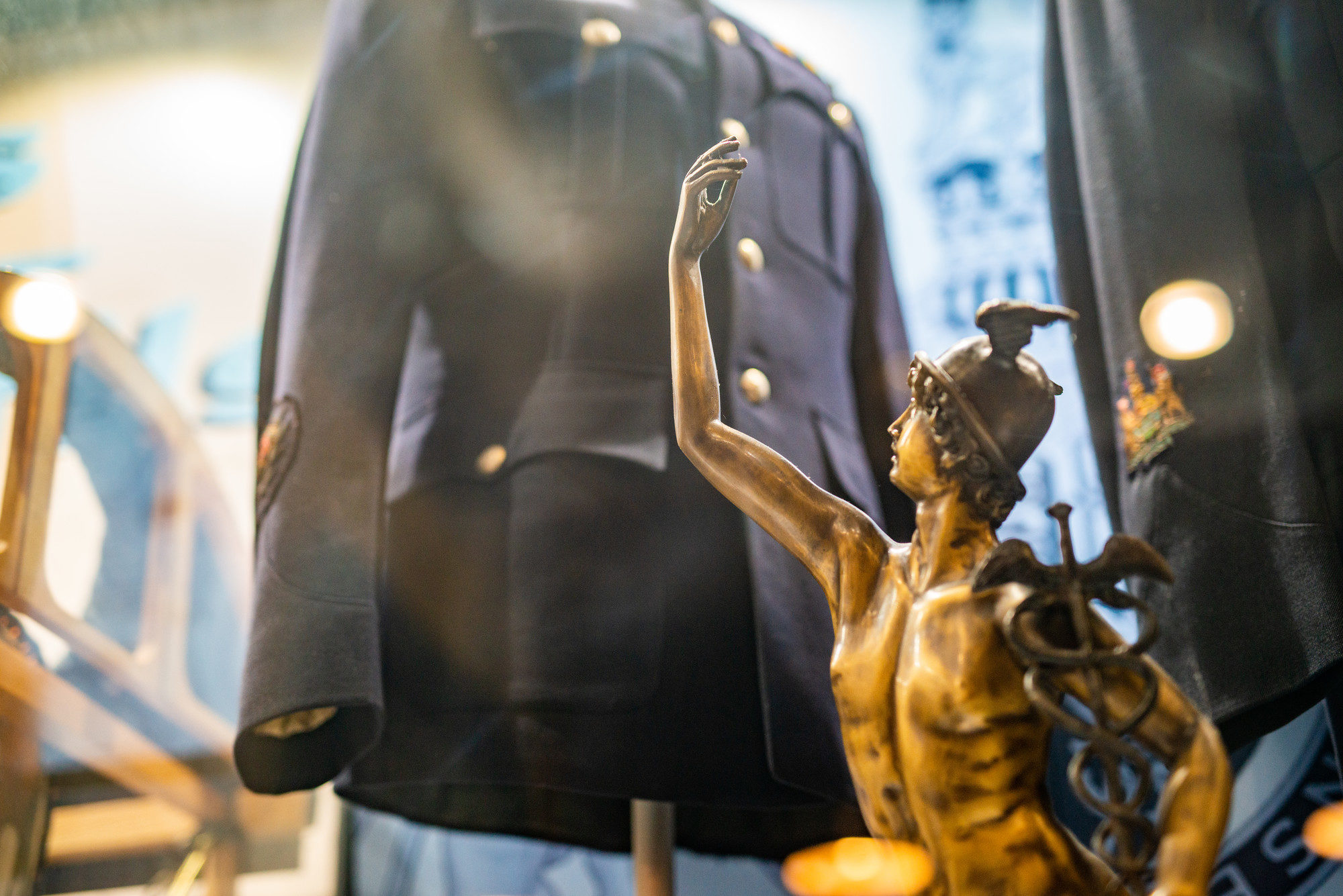
“I also think a great deal about the sculptures we house at the Military Communications & Electronics Museum,” continues David. “Canada Bereft is probably the most famous one, an allegory of Canada suffering the loss of its soldiers in the First World War. We have three of the half scale models designed by Walter Seymour Alward, the architect behind the Canadian National Vimy Memorial in France. People come from all over the world to see that sculpture.”
But, believes David, museums aren’t just about objects – but rather, how those objects evoke stories that bring people together.
“In fact, one of my favourite stories of the Military Communications & Electronics Museum isn’t even on display here,” recounts David. “When we commemorated the centenary of Vimy Ridge in 2017, my friend Derek came to pay tribute to his grandfather – a signaller decorated for his heroism in the First World War.”
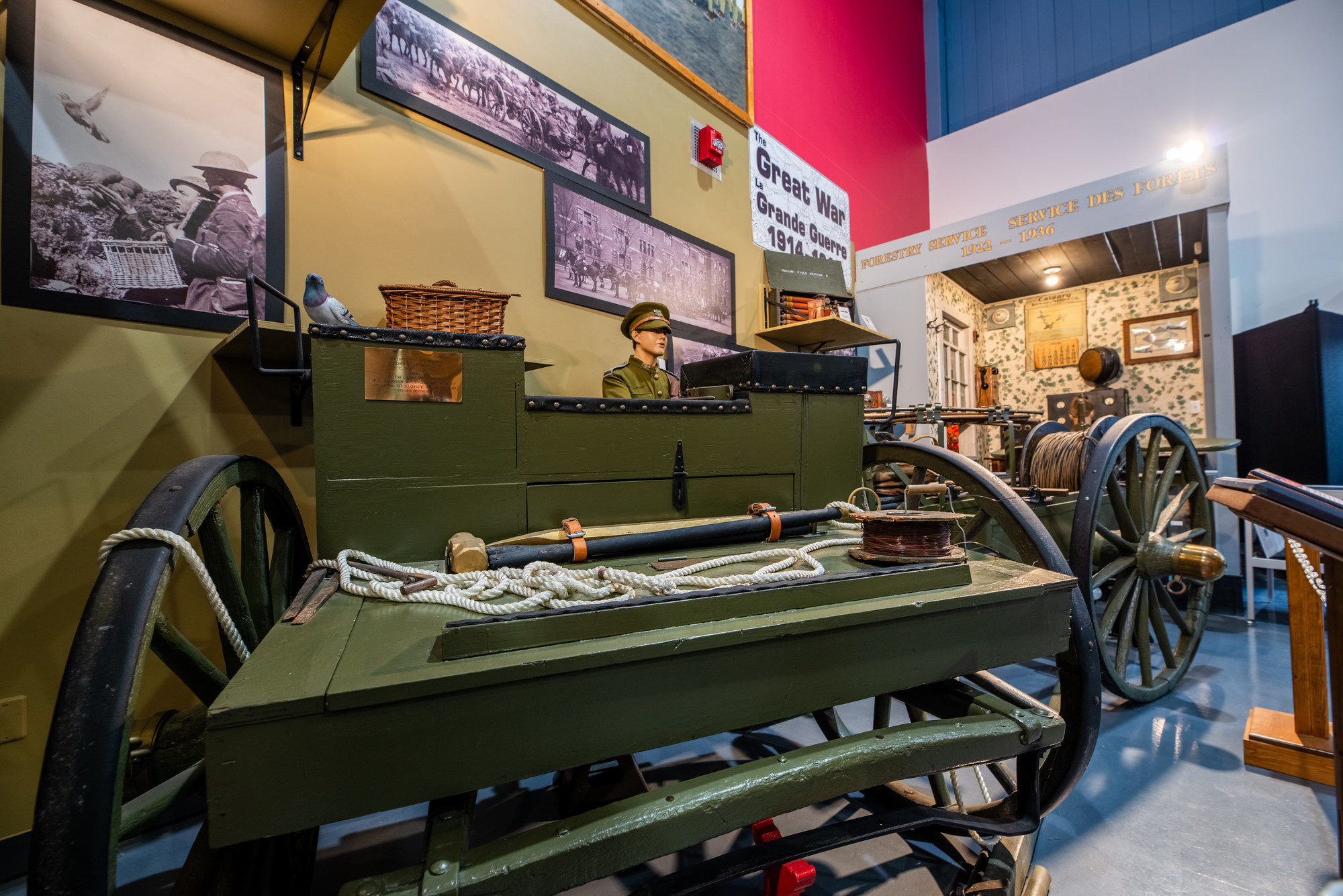
“When Derek joined us, he brought his grandfather’s medals, as well as these dried flowers his grandfather had collected at Vimy Ridge. He held on to those dried flowers for years and years and years, then passed them on to his grandson, who holds his grandfather’s memory very dear.”
“Objects are fleeting. But they connect us to stories and people from the past. You can almost hear the voices of those who came before us through the objects curated in our museums.”
David is dreaming big for the March of the Museums.
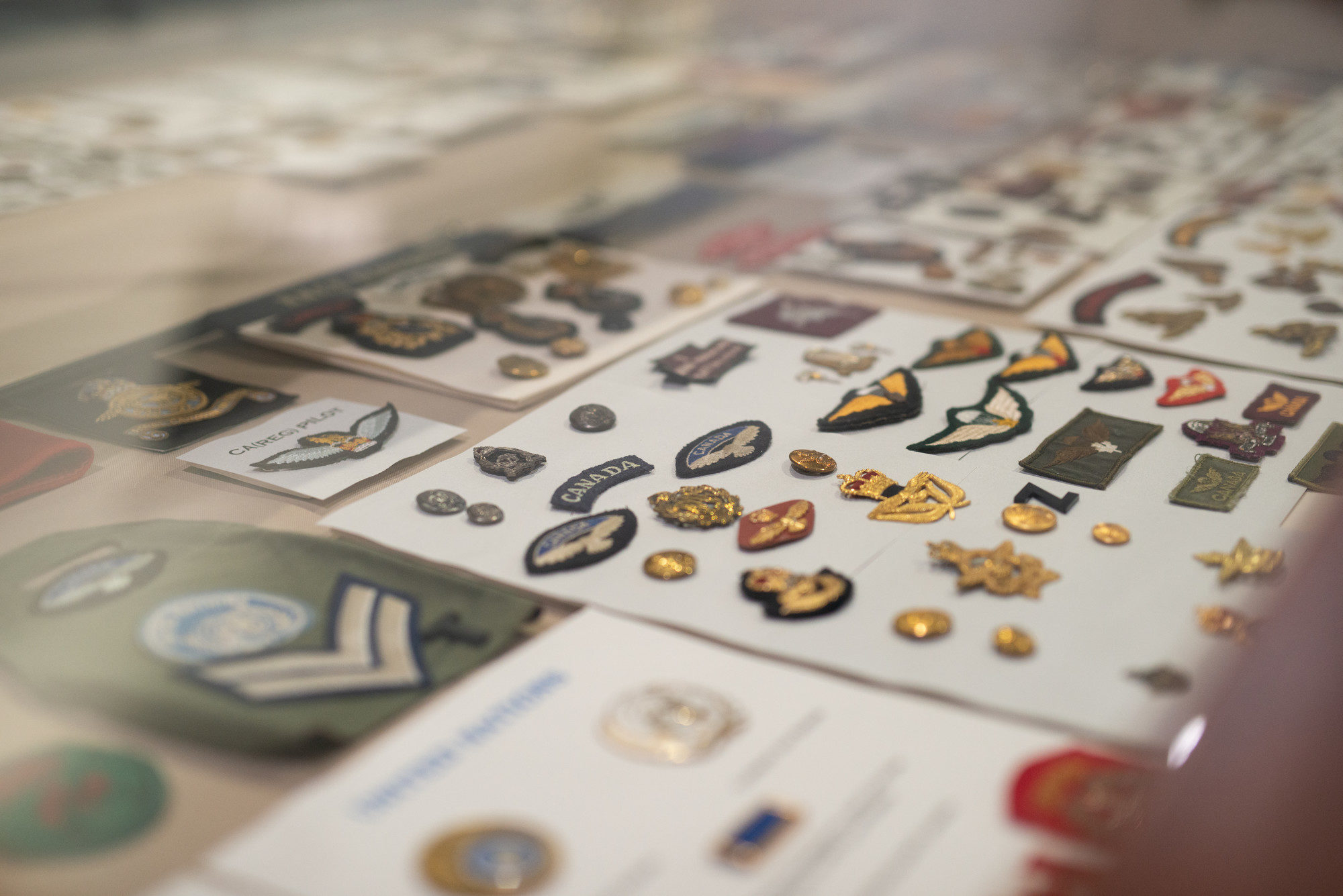
“I would love to see the March of the Museums become a national phenomenon – ultimately, I want visitors, families – everyone! – to engage and explore,” he says. “The neatest thing about March of the Museums is that it’s expanding.
There are museums in Belleville participating. There’s one also in Smith Falls and even in Almonte, Perth and Gananoque.”
“I love the big places – the Royal Ontario Museum (ROM) in Toronto and the Canadian War Museum in Ottawa,” concludes David. “But also, the humble museums in some of the little communities across Canada who have amazing, incredible, big stories to tell.”

